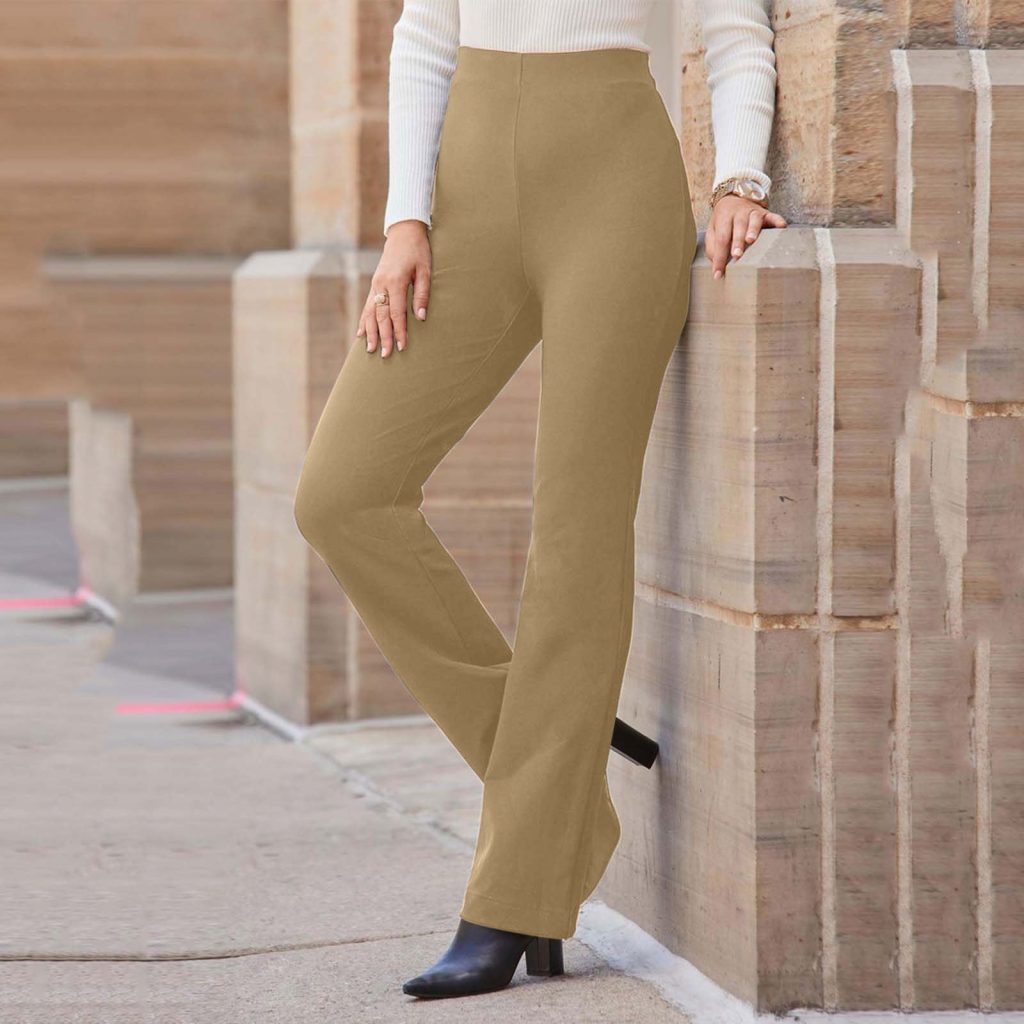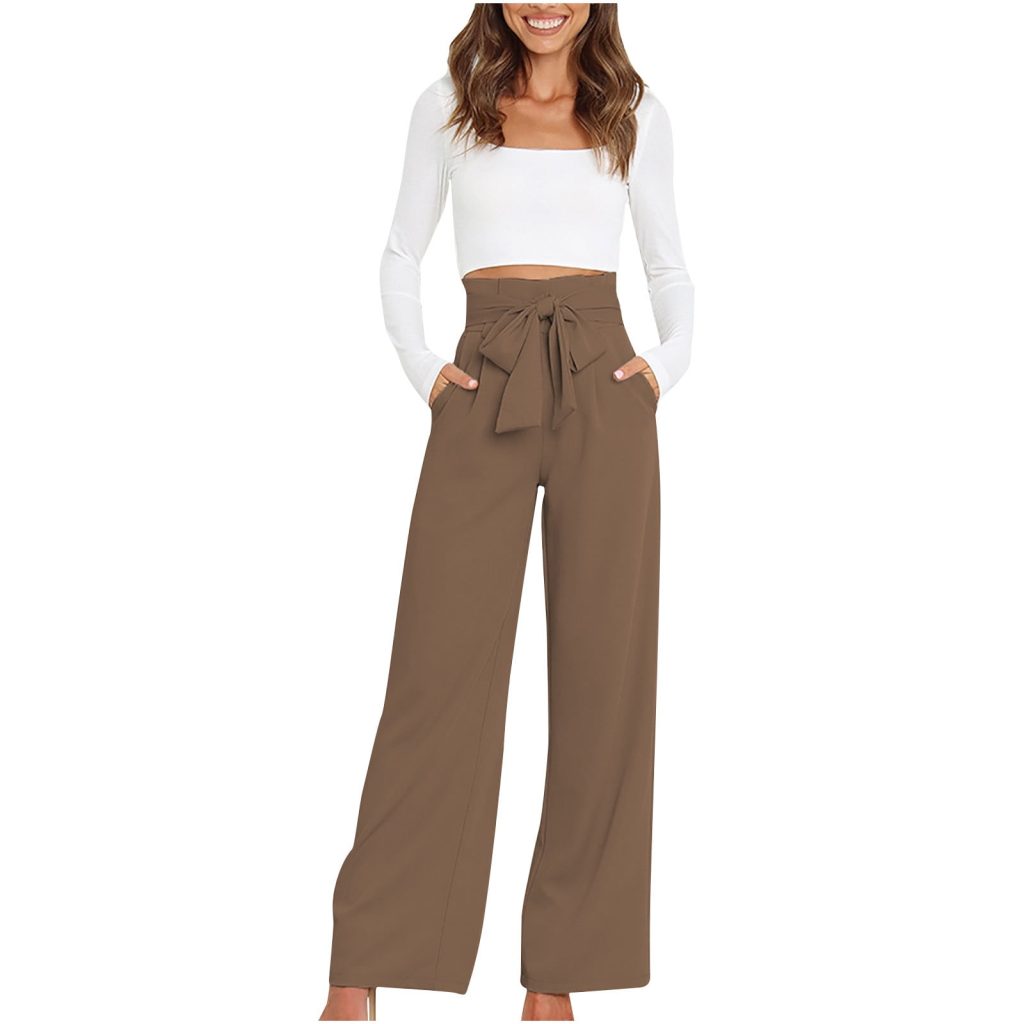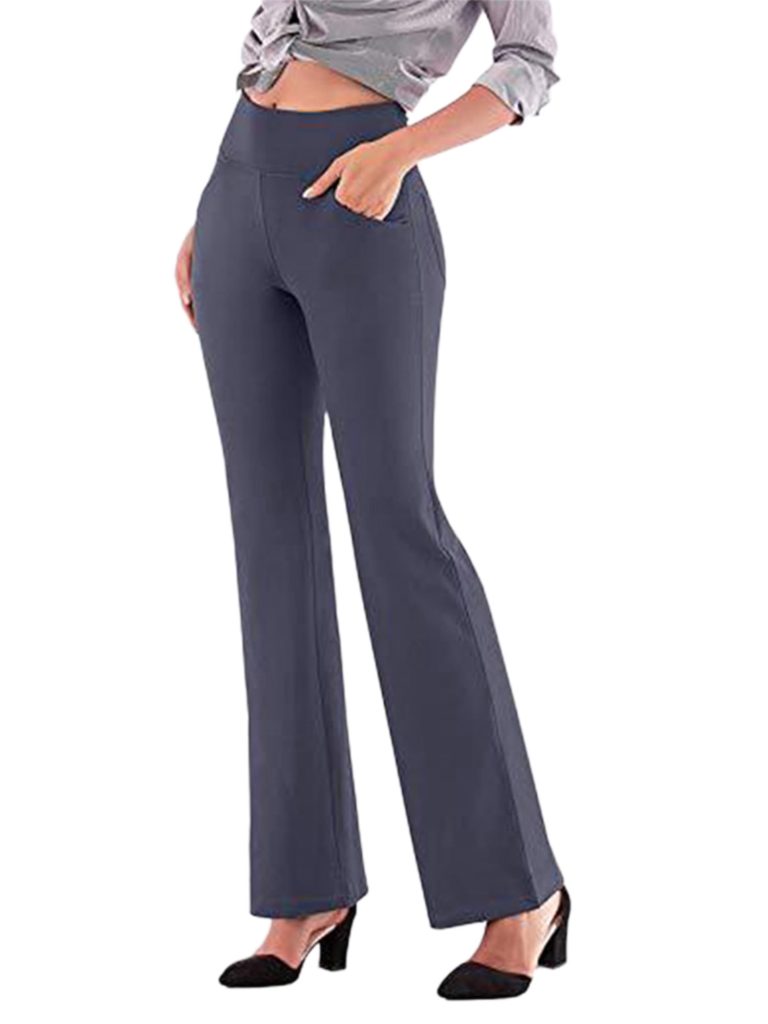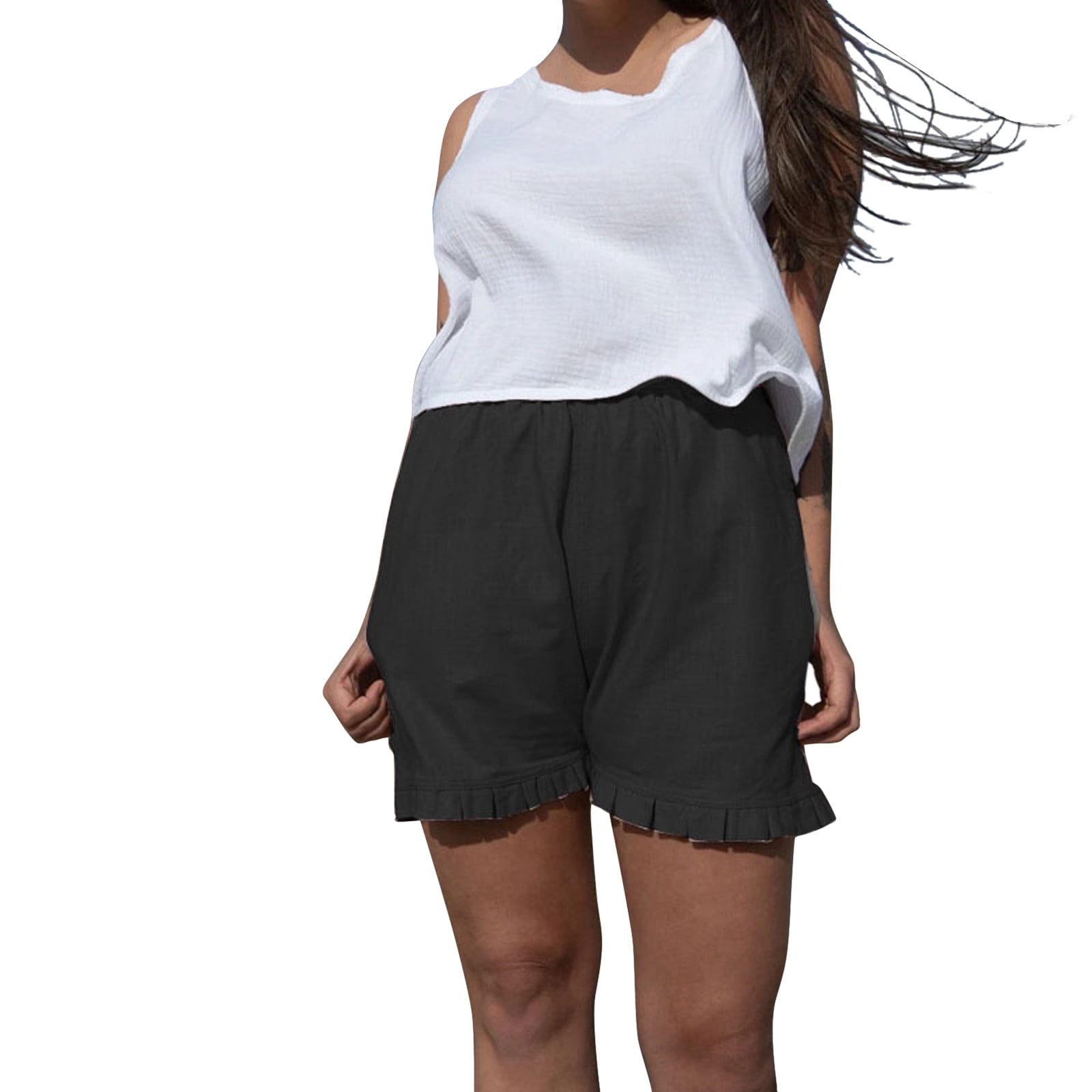How to tailor pants? Whether you’ve purchased a new pair of pants that require alterations or want to resize an existing pair to achieve a better fit, knowing how to tailor pants is a useful skill. With a few basic tools and techniques, you can tailor your pants to look and feel custom-made for you. In this guide, we will provide a step-by-step process for tailoring pants, helping you achieve a personalized fit and polished appearance.

Gather the Necessary Tools and Materials
Before you begin tailoring your pants, ensure that you have the following tools and materials:
- Seam ripper
- Pins
- Chalk or tailor’s pencil
- Measuring tape
- Sewing machine or needle and thread
- Iron and ironing board
Assess the Fit and Determine Alterations Needed
Put on the pants and evaluate the fit in different areas, such as the waist, hips, thighs, and length. Pinpoint areas that require alteration, such as a loose waistband, baggy legs, or excess length. Take measurements using a measuring tape to accurately determine the amount of fabric that needs to be adjusted.
Make the Necessary Alterations
Here are common alterations you may need to make:
Taking in or letting out the waistband:
To take in the waistband: Starting from the back center seam, try on the pants inside out and pin along the sides of the waistband where fabric needs to be taken in. Remove the sports shorts and sew along the pinned line. Trim off excess fabric, press the seam, and secure with a backstitch.
To let out the waistband: Locate the seam allowances at the back waistband. If there is enough fabric available, carefully let out the seam using a seam ripper. Press the waistband, and if needed, insert a fabric strip or add a dart for extra width.

Taking in or letting out the seat and hips:
To take in the seat and hips: Try on the pants inside out and pin along the side seams where fabric needs to be taken in. Remove the pants and sew along the pinned line. Trim off excess fabric, press the seam, and secure with a backstitch.
To let out the seat and hips: Locate the seam allowances at the side seams. If there is enough fabric available, carefully let out the seam using a seam ripper. Press the seams flat and adjust as needed.
Taking in or letting out the legs:
To take in the legs: Try on the pants inside out and pin along the inseam or outer seam where fabric needs to be taken in. Remove the pants and sew along the pinned line. Trim off excess fabric, press the seam, and secure with a backstitch.
To let out the legs: Locate the seam allowances at the inseam or outer seam. If there is enough fabric available, carefully let out the seam using a seam ripper. Press the seams flat and adjust as needed.
Shortening the length:
Decide on the desired length and mark it using chalk or a tailor’s pencil. b. If the pants have a finished hem, undo the stitching using a seam ripper. Trim the excess fabric, press the new hemline, and re-stitch the hem using a sewing machine or hand stitch.
Finishing Touches and Pressing
Once the alterations are complete, put the running shorts on and ensure they fit to your satisfaction. Make any necessary adjustments before moving on.
Press the altered seams and hems using an iron to create a clean and polished appearance. This step is crucial for achieving a professional finish.

Final Fitting and Wear
Try on the tailored pants one last time to ensure their fit and comfort. Make any additional adjustments if needed.
Once you are satisfied with the fit, you can wear your tailored pants confidently, knowing they are customized to your body shape and preferences.
Note: If you’re a beginner or uncomfortable with sewing, it is recommended to seek assistance from a professional tailor for more complex alterations.
What are the styles of women’s pants?
Women’s pants come in a wide range of styles and designs, catering to different body types, preferences, and occasions. From classic to trendy, there are various types of board shorts that can enhance a woman’s wardrobe and offer versatility in outfit choices.
Skinny Pants:
Skinny pants are form-fitting and taper down the leg, creating a sleek and streamlined silhouette. They are typically made from stretchy materials like denim or ponte knit, allowing for comfortable movement. Skinny pants can be styled with casual or dressy tops and are versatile for both casual and professional settings. They can be paired with sneakers for a relaxed look or with heels for a more polished appearance.
Bootcut Pants:
Bootcut pants are fitted at the top and slightly flare from the knee downwards, accommodating various shoe styles, including boots. This style is flattering for different body types, as it balances proportions and elongates the legs. Bootcut pants are often made from woven fabrics like cotton or polyester and can be worn for both casual and formal occasions. Pair them with a blouse or a blazer for a smart and stylish ensemble.

Wide-Leg Pants:
Wide-leg pants have a loose and relaxed fit from the waist down, creating a flowy and comfortable silhouette. They come in various lengths, from ankle-length to full-length, and are made from lightweight fabrics like linen or rayon. Wide-leg pants offer a chic and bohemian aesthetic and can be styled with fitted tops or tucked-in blouses for a balanced look. They are suitable for casual outings, vacations, or even dressier events, depending on the fabric and design.
Straight-Leg Pants:
Straight-leg pants have a consistent width from the hip to the ankle, creating a classic and timeless look. They offer a comfortable fit and versatile styling options. Straight-leg pants are typically made from woven fabrics like cotton or wool and are suitable for both casual and professional settings. Pair them with a tailored blouse or a sweater for a clean and polished ensemble.
Culottes:
Culottes are wide-legged and typically hit below the knee or mid-calf. They offer a unique combination of comfort, style, and versatility. Culottes can be made from lightweight fabrics like linen or crepe and are often designed with a high waist or paper bag waist. They can be paired with tucked-in tops, blouses, or crop tops for a fashionable and feminine look. Culottes are suitable for casual outings, work environments, or even semi-formal events.

In conclusion
Tailoring pants allows you to achieve a customized fit and enhance the overall appearance of your clothing. By following this step-by-step guide, you can confidently alter your pants to suit your body shape and style. Remember, practice makes perfect, so don’t be discouraged if your first attempt isn’t flawless.
Tags: Pants